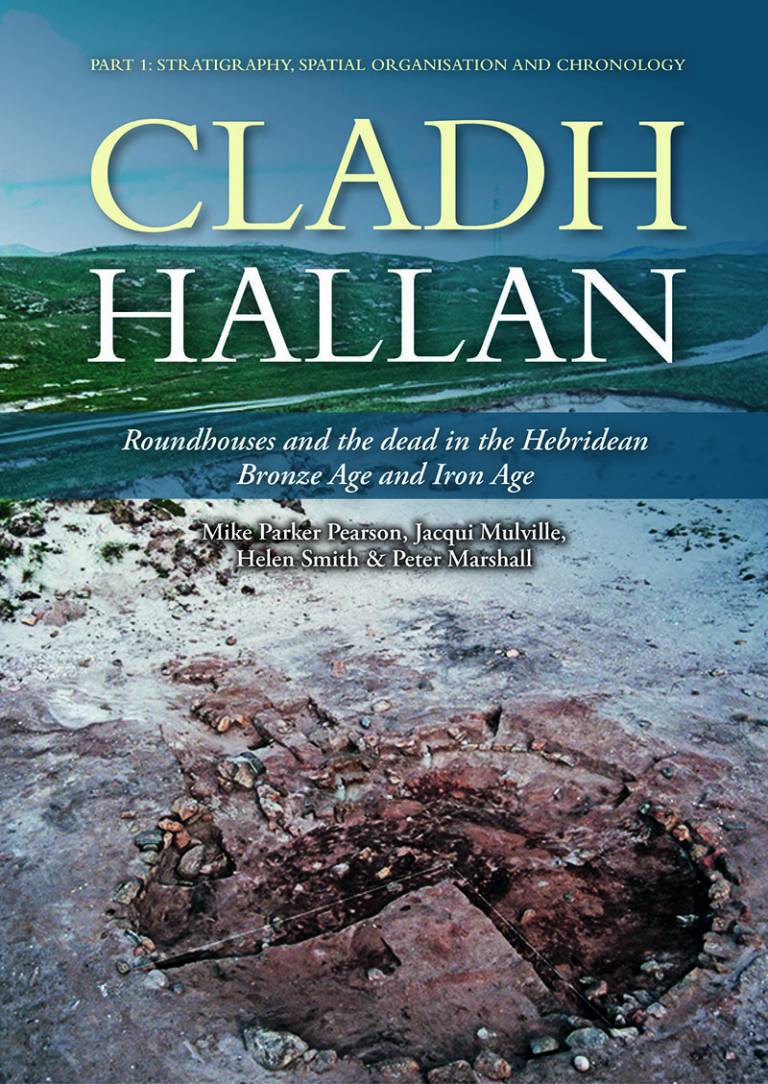Cladh Hallan: Roundhouses and the dead in the Hebridean Bronze Age and Iron Age
11 October 2021
The first of two volumes documenting the archaeology of Cladh Hallan, South Uist, co-authored by Mike Parker Pearson (UCL Institute of Archaeology), is now available.

This first volume, published by Oxbow Books, details the excavations undertaken by Mike Parker Pearson and colleagues at Cladh Hallan between 1989 and 2003.
The book presents the archaeological evidence of a long sequence of settlement and funerary activity from the Beaker period (Early Bronze Age c. 2000 BC) to the Early Iron Age (c. 500 BC) at the unusually long-occupied site on South Uist in the Western Isles of Scotland and covers the site’s stratigraphy, spatial organisation and chronology as well as its unusually large assemblage of pottery.
Cladh Hallan's remarkable stratigraphic sequence, preserved in the machair sand of South Uist, includes a unique 500-year sequence of roundhouse life in Late Bronze Age and Iron Age Britain. The site also yielded the first evidence for mummification in Bronze Age Britain with four inhumation graves containing skeletons, two of which were remains of composite collections of body parts with evidence for post-mortem soft tissue preservation prior to burial.
Scientific analyses have also revealed how different houses were used variously as residences, workplaces, storage spaces and animal shelters, and how different activities were assigned to different parts of the dwelling.
The second volume will report on the other artefacts as well as on the human and faunal remains, the carbonised plant remains and other environmental evidence, including scientific studies of isotopes and ancient DNA.
Further details
- Oxbow Books
- Cladh Hallan: The First Look (Blog post)
 Close
Close

